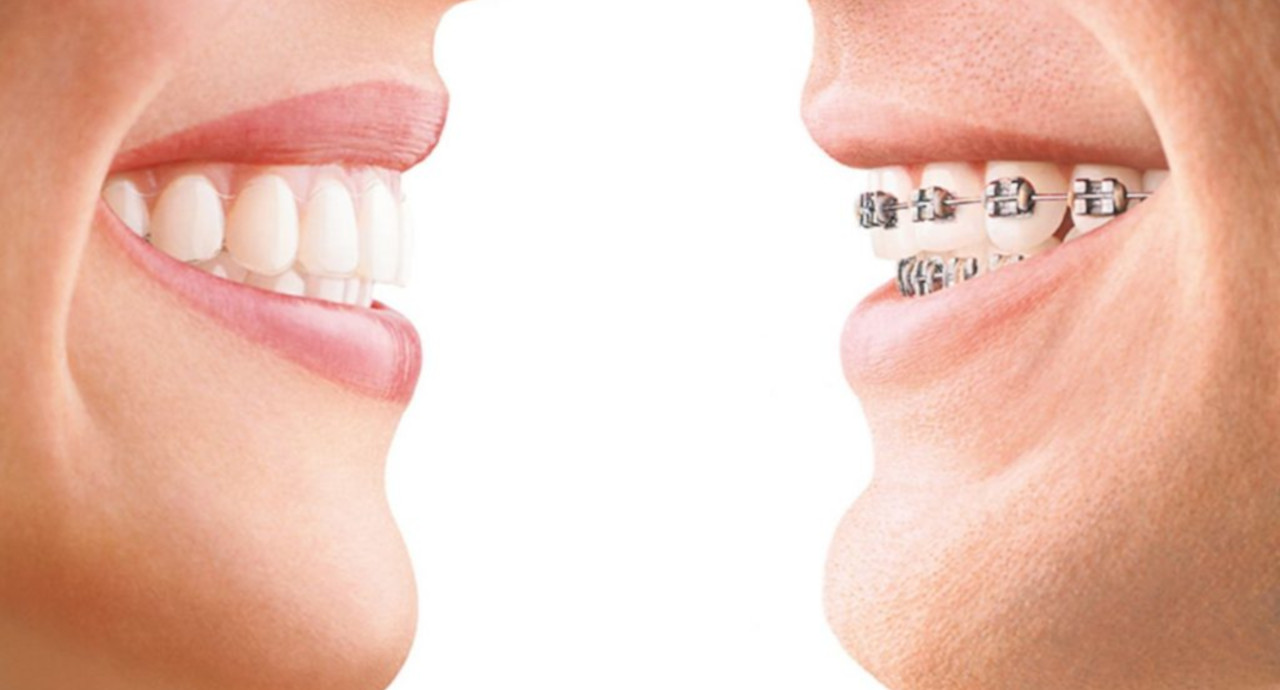The field of orthodontics has undergone remarkable transformation over centuries, driven by innovation, patient demands, and technological advancements. From crude metal bands to AI-driven clear aligners, the journey reflects a relentless pursuit of functionality, aesthetics, and patient comfort.
Ancient Beginnings: The Roots of Orthodontics
The desire for aligned teeth dates back thousands of years. Archaeological evidence reveals that ancient Egyptians, as early as 3000 B.C., used metal bands to stabilize teeth, often for health or afterlife preservation. The Greeks and Romans employed finger pressure techniques, while the Etruscans crafted gold wires to maintain dental alignment in the deceased.
The Birth of Modern Orthodontics
The 18th century marked a pivotal moment with Pierre Fauchard, the "father of modern dentistry," who introduced the "Bandeau," a horseshoe-shaped metal device to expand the dental arch. In the 19th century, Edward Angle revolutionized the field by classifying malocclusions and developing specialized appliances. His establishment of the first orthodontic school in 1900 formalized the discipline.
Evolution of Traditional Braces
Early 20th century braces were made of gold, later transitioning to more affordable and durable stainless steel. While effective, these traditional metal braces posed aesthetic and comfort challenges, leading to continued innovation in the field.
Aesthetic Alternatives
The 1980s brought significant advances:
- Ceramic braces made from tooth-colored materials
- Lingual braces placed behind teeth
- More discreet options for image-conscious patients
The Clear Aligner Revolution
The late 1990s marked a revolutionary change with Invisalign's introduction. Key developments include:
- Custom, removable transparent aligners
- 3D imaging and CAD/CAM technology
- SmartTrack material for gentler tooth movement
- Over 18 million patients treated globally by 2024
Modern Technological Advancements
Recent innovations have transformed orthodontic treatment:
- 3D scanning and printing for precise digital models
- Self-ligating braces with slide mechanisms
- Temporary Anchorage Devices (TADs) for complex cases
- AI and machine learning for treatment planning
- Robotic wire bending for custom appliances
The Future of Orthodontics
Emerging trends promise even more advances:
- AI-driven self-adjusting aligners
- Advanced biocompatible materials
- Hybrid treatment systems
- Increased accessibility through telehealth
- Projected 30% rise in orthodontic cases
Impact on Patient Care
Modern orthodontic options have transformed the patient experience:
- Greater comfort and convenience
- Improved aesthetics during treatment
- Shorter treatment times (6-18 months)
- Better hygiene maintenance
- Increased treatment accessibility
The evolution of orthodontics from ancient metal bands to AI-enhanced clear aligners demonstrates a field committed to innovation and patient-centered care. As technology continues to advance, the future promises even more precise, comfortable, and accessible treatment options for patients seeking their perfect smile.
